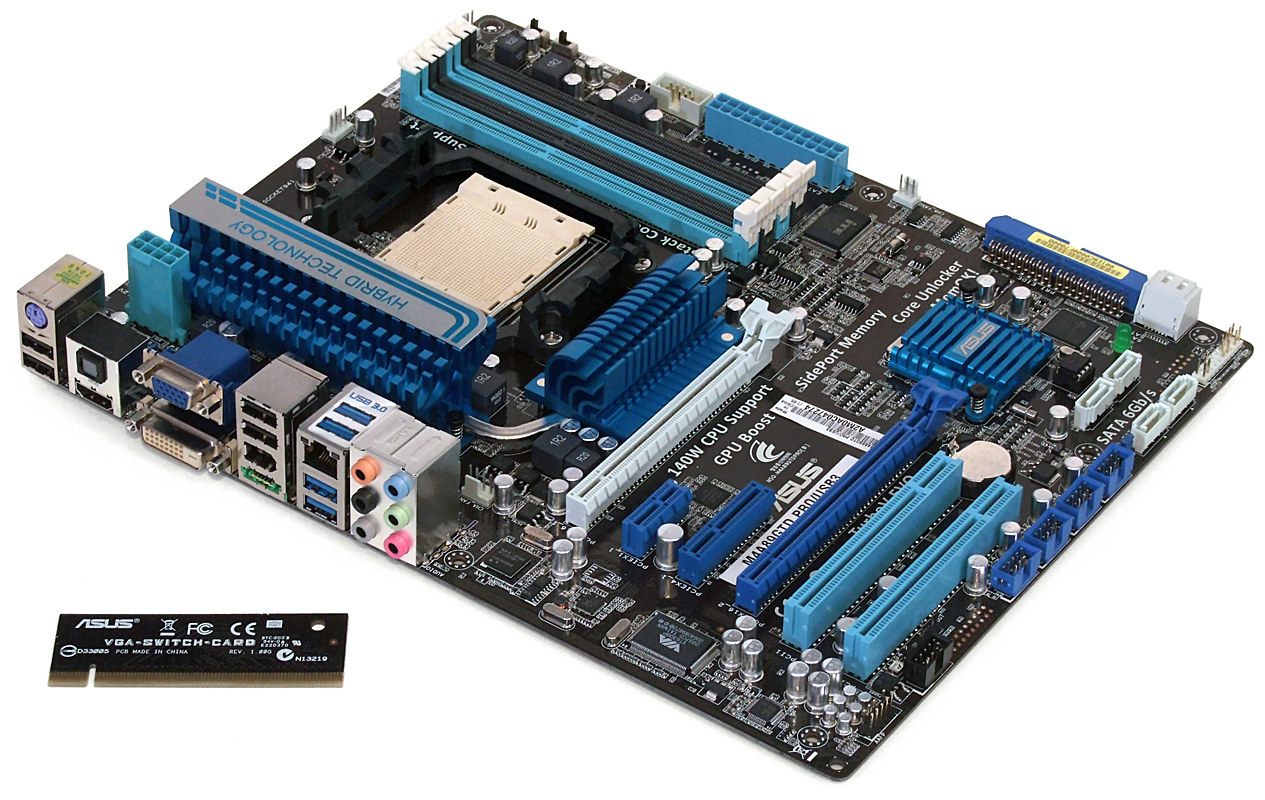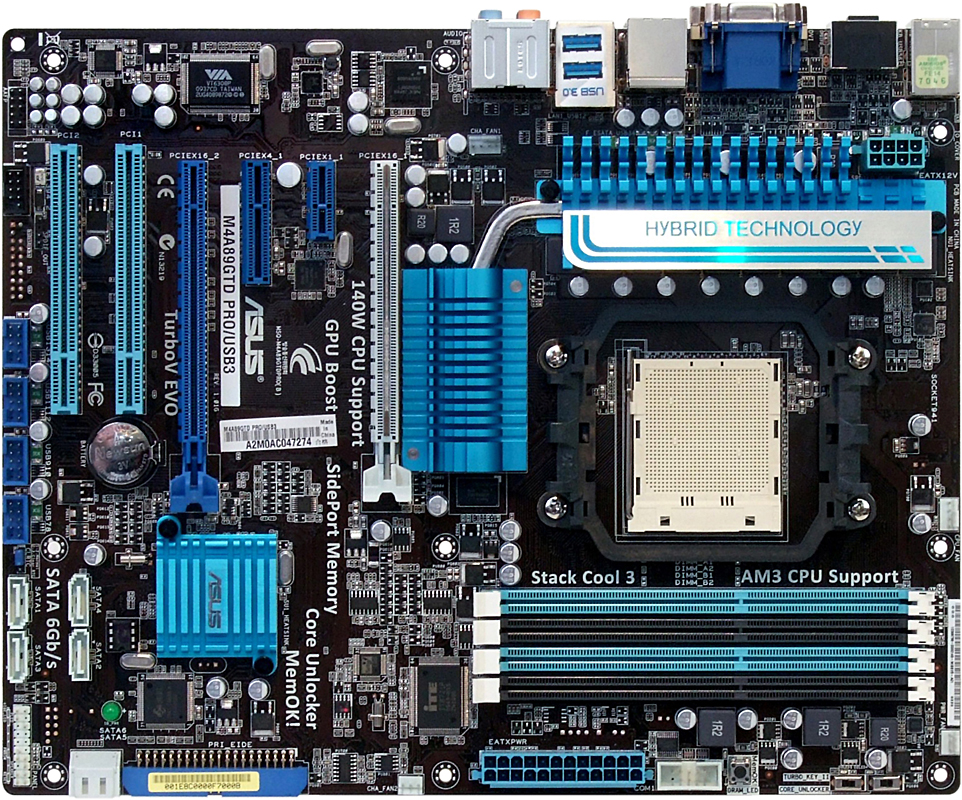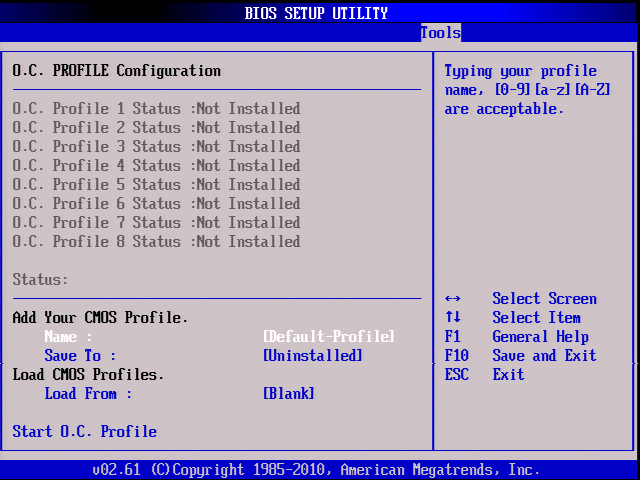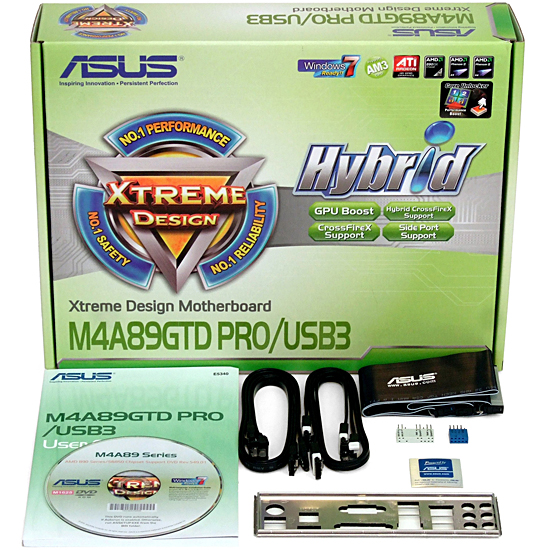AMD 890GX Unveiled: Three Motherboards Compared
Asus M4A89GTD Pro/USB3
Asus’ full-sized board provides the extra space needed to access most 890GX chipset functions, including two of the chipset’s six PCI slots and five of its eight PCIe 2.0 lanes. Much of the chipset’s remaining connectivity is tied to on-board controllers.
Only four of the chipset’s USB 2.0 ports are found on the I/O panel, as the area is far too laden with other connections to allow for more. Two USB 3.0, FireWire, eSATA, digital and analog audio, gigabit networking, and triple-format display output round out the rear.
Builders looking for the best performance from a single card need to pay close attention to the included VGA switch card, which is used to control the number of lanes fed to the dark-blue slot. Sixteen lanes are shared across two graphics card slots in x8 mode, but placing the card into the light-blue slot redirects its eight lanes to the dark-blue slot for full x16 connectivity to a single card. This low-cost switching method eliminates the need for more expensive devices, such as the electronic switches used by its competitors.
Four USB 2.0 headers support up to eight front-panel ports or devices, but the add-in ATA controller supports only Ultra ATA drives. All ATA connectors including the chipset’s six SATA 6Gb/s ports are found near the bottom edge, which could make cable installation difficult for the top-bay drives in mid-tower cases.
Front-panel audio is found in its usual bottom-rear-corner position, where it will usually be difficult to reach with the cables of top-bay connections.
BIOS
| Reference Clock | 100-600 MHz (1 MHz) |
|---|---|
| CPU Multiplier | Yes |
| iGFX Clock | 400-1500 MHz (1 MHz) |
| DRAM Data Rates | REF x4-x8 (x1.33) |
| PCIe Clock | 100-150 MHz (1 MHz) |
| CPU Vcore | 0.65-2.05V (3.125mV) |
| IMC Voltage | 0.4-1.8V (3.125mV) |
| 890GX Voltage | 0.8-2.0V (6.25mV) |
| SB850 Voltage | 1.10-1.40V (50mV) |
| DRAM Voltage | 1.20-2.50V (6.25mV) |
| CAS Latency | 4-12 Cycles |
| tRCD | 4-12 Cycles |
| tRP | 5-12 Cycles |
| tRAS | 15-30 Cycles |
The M4A89GTD Pro/USB3 provides a fairly long list of overclocking controls, supporting even sideport memory overclocks (DDR3-1333 to DDR3-2000) and over-voltage (from 1.50 to 1.80 volts).
Get Tom's Hardware's best news and in-depth reviews, straight to your inbox.
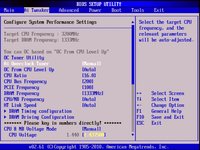
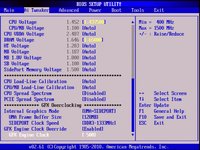
A fairly short selection of DRAM timings still provides all the settings most tuners will need.
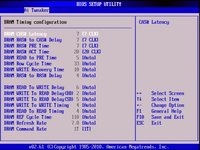
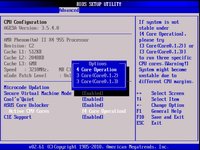
Asus is proud of its Core Unlocker feature, which is meant to enable the disabled cores of Phenom II X2 and X3 processors. This is notable since the SB850 southbridge does not include ACC as a built-in feature. Nevertheless, while we've had minor luck randomly unlocking a handful of retail-purchased CPUs, we wouldn't recommend you buy a cheaper processor hoping for an unlock when you really want the higher-end CPU. It's not like we're dealing with the difference between a Core i5-750 and a Core i7-975 Extreme or anything, cost-wise.
Up to eight BIOS configurations can be saved as user profiles or exported to a drive.
Accessories
Asus includes four SATA cables with its M4A89GTD Pro/USB3, but only two are marked as SATA 6 Gb/s capable.
Current page: Asus M4A89GTD Pro/USB3
Prev Page Motherboard Features Next Page Gigabyte GA-890GPA-UD3H-
outlw6669 Nice southbridge update AMD!Reply
It is a shame you could not have added native USB 3 in there along with the SATA 3.0.
A bit more lackluster on the northbridge though.
Other than the DX10.1 update, I really see nothing new... -
anamaniac Nice boards.Reply
Though honestly, I'm just awaiting a Quantum Force (Foxconn) X68 board to replace my Bloodrage. Good to see atleast someone is getting SATA 6Gb/s.
Come on AMD, give us some more juice. I don't know if my second system will be a desktop or laptop yet, and a good integrated GPU will help me decide (720p gaming on what will hopefully be a 50" plasma).
How about triple channel memory too? I'd think it'd help the GPU somewhat also.
I'm not against paying bucket loads for a motherboard (but I expect to get what I pay for).
One last thing...
DisplayPort. Give it. The faster nvidia/integrated adopt it, the faster Samsung/Dell etc. will put them on their monitors.
The industry adopted HDMI like it was nothing. DP has less licensing fees, but DP monitors are in the $500 range (granted, IPS panels etc.). We want $150 1080p DP panels please. -
knowom Horribly unexciting launch on AMD's part the only good part is that their other mobo's might come down a bit in cost hopefully.Reply -
-Fran- I kinda agree there... Lackluster chipset launch.Reply
Come on AMD, you can do it better.
Cheers! -
falchard Why still bothering with Ultra ATA? I like how MSI decided to trim the unnecessary in this mobo. I hope in the future a mobo manufacturer does this to the extreme. No IEEE-1394, no Ultra ATA, no floppy, no CD In, no MIDI, no PS/2 ports. You get the picture.Reply
There are a couple things I like about the SB850. Obviously the native SATA 6.0, and also the integrated Gigabyte ethernet. No more crappy Realtek Ethernet.
The more time goes on, the more I realize a Server Mobo would be more ideal for my workstation. -
Very very unimpressive. Call me when you have a rv710 level northbridge on a 40nm process. That would hurt 5450? maybe, but 5450 is a joke to begin with, shoud've been redwood/2, would be pretty much the same die size and would allow gaming with old stuff like Wow, asian mmorpgs, etcReply
-
Pei-chen I wish AMD's product actually caught up with marketing. The on board graphic is far too weak to have "integrated gaming" that was promised to us when 690G was launched. They should put a 5450 in there or something.Reply
